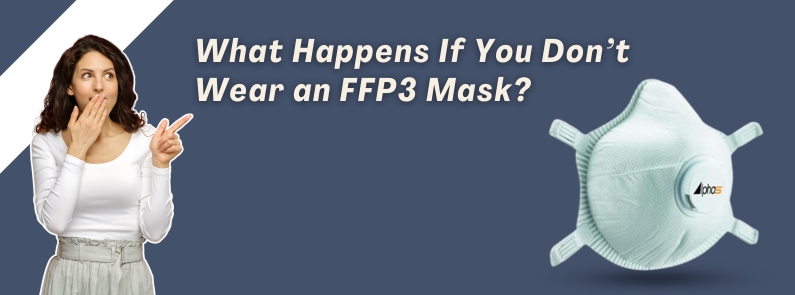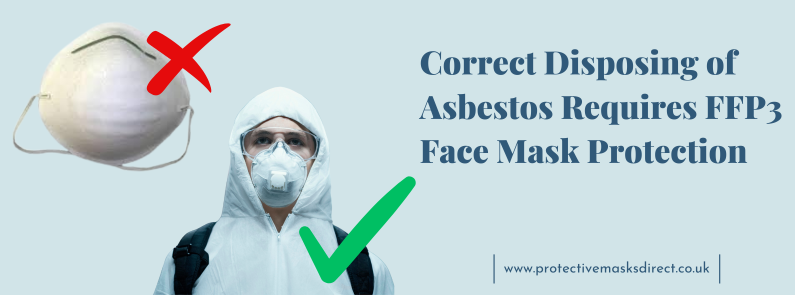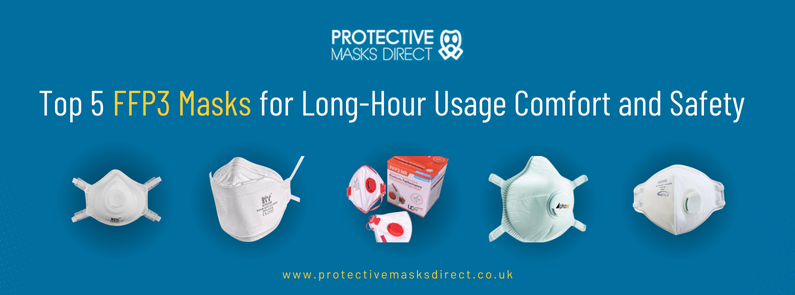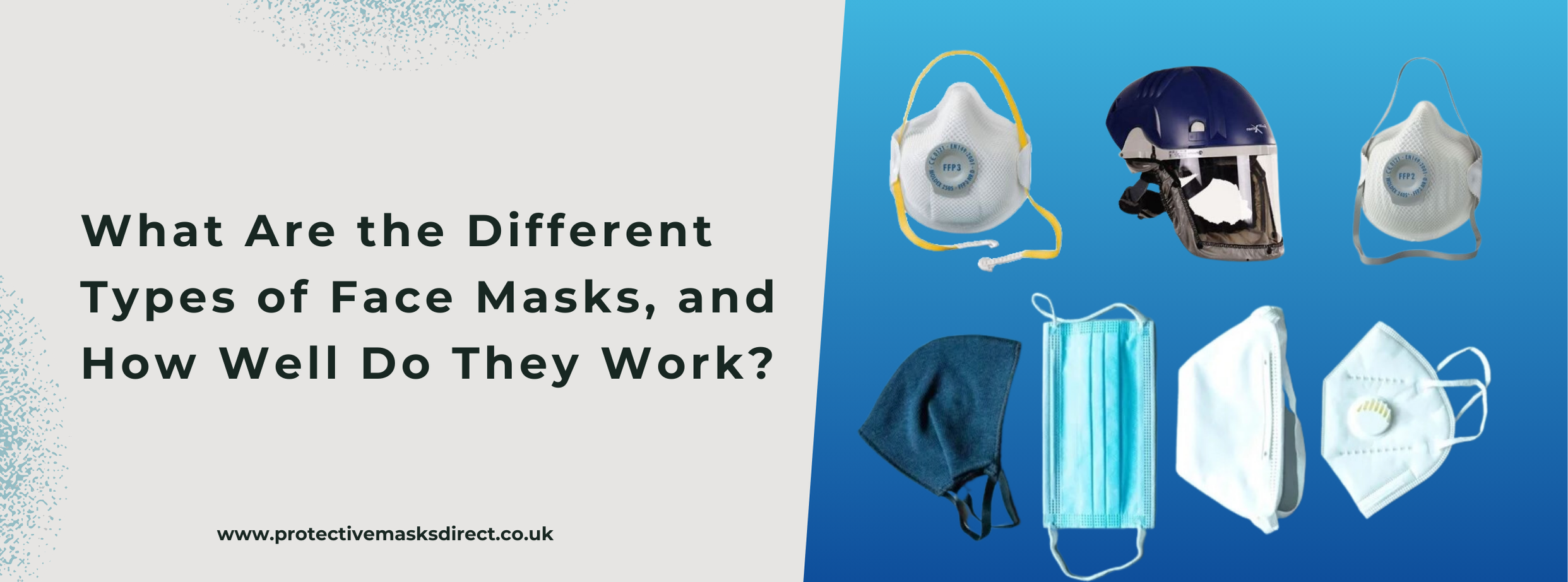
In the realm of healthcare, the well-being and safety of healthcare workers are of utmost importance. With the increasing risk of highly infectious viral diseases across the globe, it’s paramount to keep health workers protected. After all, when the frontline workers are safe, they can safeguard and help others too. Powered respirator masks, also known as Powered Air-Purifying Respirators (PAPRs), have become a cutting-edge addition to the armory of personal protective equipment (PPE). PPE is essential to provide increased respiratory protection for individuals on the front lines. In this article, we examine the nuances of powered respirator mask use and how they help keep healthcare personnel safe from the transmission of extremely contagious viral illnesses.
The Evolution of Respiratory Protection:
Conventional masks come with certain limitations to prevent exposure to certain airborne contaminants, particularly in high-risk environments, like healthcare settings. In the healthcare environment, there are higher chances of viral transmission. Therefore, healthcare workers need powered respirator masks to address these limitations. These masks can do so by incorporating advanced technologies that offer a continuous flow of filtered air to the user. Due to this positive pressure system, there becomes a protective barrier to minimize the risk of airborne pathogen inhalation. This makes them highly effective to prevent highly infectious viral diseases.
Understanding Powered Respirator Masks:
A facepiece, a fan unit, a battery, and a filter are the main parts of powered respirators, also known as powered air respirators or battery-powered air-fed masks. The facepiece creates a tight seal around the user's face, erecting a wall against the environment outside and obstructing the entry of any unfiltered air. The air brought in must only pass through the appropriate filtration system thanks to its airtight seal, which is essential for efficient protection.
The fan unit, which is at the center of a powered respirator, is crucial in ensuring a constant flow of air. To catch even the smallest particles, such as viral infections, this fan draws ambient air through a high-efficiency filter. After being filtered, the air is then given to the user's breathing zone in a moderate stream. In addition to considerably lowering the chance of inhaling impurities, this continuous flow of cleansed air also helps to keep the mask's interior at a pleasant temperature.
Benefits of Powered Respirator Masks:
Enhanced Protection:
Comparatively speaking, powered air respirator provides a higher level of protection than conventional N95 masks. A trustworthy barrier against viral particles is created by the positive pressure, which makes sure that no infected air enters the mask.
Reduced Fatigue:
Due to a consistent supply of filtered air, the wearer won’t feel any strain of breathing. Hence, it minimizes fatigue during use for extended periods. This is particularly essential for healthcare workers who often spend long hours in high-risk work environments.
Compatibility with Facial Hair:
For a secure fit for a wide range of users, powered respirator masks are superior to conventional masks because they can accommodate facial hair without damaging the seal.
User Comfort:
Continuous airflow helps maintain temperature and moisture levels within the mask, preventing discomfort while also preventing eyewear from fogging up.
Extended Usage:
Compared to disposable masks, PAPRs frequently have longer battery lives, enabling healthcare personnel to wear them continuously for extended periods.
Implementing PAPRs in Healthcare Environment:
It needs careful planning to integrate a powered air-fed mask into the healthcare protocols. However, there are certain steps that healthcare institutions need to follow for the implementation of PAPRs in their work settings:
Training and Education:
The workers need to undergo proper training regarding the use and wearing of PAPRs. During educational seminars or workshops, healthcare workers get to know how to maintain their equipment for optimizing protection.
Tests for Fit:
The powered respirators need to have a proper fit. Make sure that it comes with an airtight seal, just like your regular masks. This feature will help in preventing any potential leakage.
Routine Maintenance
The PAPRs even need routine maintenance that involves regular battery inspections, filter changes, and proper cleaning.
Conclusion
Today, healthcare professionals have a very tough job to protect patients from highly contagious viral infections, while preventing themselves. The powered respirator masks, or PAPRs, are essential for these workers to maintain constant airflow. Meanwhile, these air-fed masks form an effective barrier against airborne infections. When looking for high-quality, premium PAPRs, look no further than Protective Masks Direct. Explore the official website to find the right equipment for your needs.




